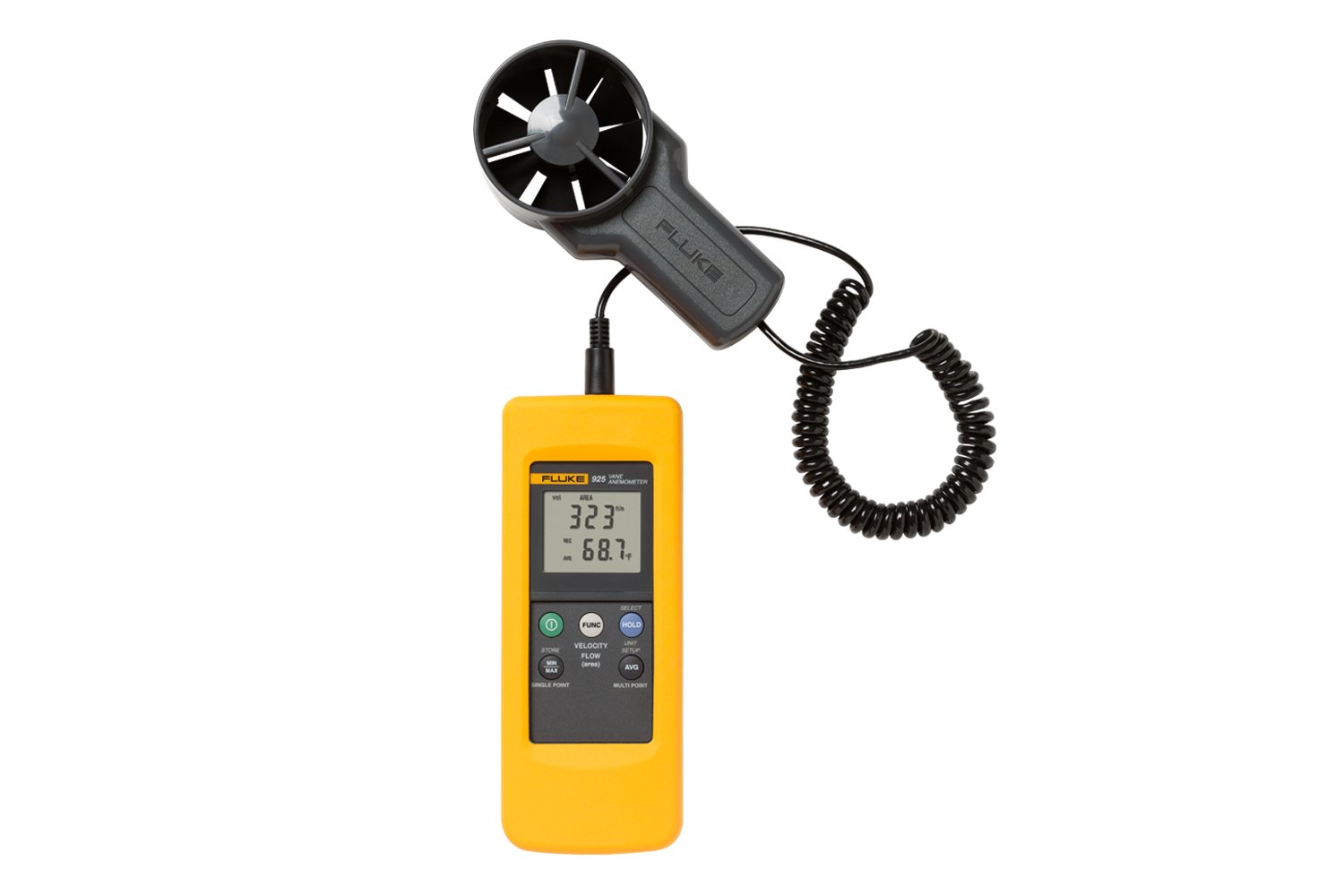Anemometers Revealed: Recognizing Their Relevance in Ecological Surveillance and Safety And Security Actions
The role of anemometers in ecological tracking and safety actions is usually undervalued, yet their importance is undeniable. From weather forecasting to air travel safety, anemometers play a crucial duty in supplying accurate information that informs decision-making procedures and improves overall safety and security.
Background of Anemometers
The advancement of anemometers can be traced back to the ancient human beings where fundamental wind measuring devices were very first made use of. One of the earliest known anemometers was the hemispherical cup anemometer developed by Leon Battista Alberti in the 15th century.
In the 18th century, the prominent scientist John Thomas Romney Robinson introduced the Robinson anemometer, which included 4 hemispherical cups mounted on horizontal arms that expanded from a central axis. This style came to be a requirement in atmospheric measurements because of its precision and reliability. Throughout the years, advancements in modern technology brought about the advancement of even more modern anemometers, including ultrasonic anemometers and laser Doppler anemometers, providing boosted accuracy and effectiveness in determining wind speed and direction. The history of anemometers showcases an amazing journey of development and development in the field of meteorology.
Sorts Of Anemometers
Throughout the field of meteorology, various types of anemometers have actually been established to properly measure wind rate and direction. Sonic anemometers utilize ultrasonic signals to determine wind speed and instructions accurately. Hot-wire anemometers run based on the principle that the cooling result of wind on a warmed wire is proportional to the wind rate.
Applications in Weather Forecasting
Having gone over the various kinds of anemometers utilized in meteorology for determining wind rate and instructions, it is necessary to discover their practical applications in the field. Anemometers play a critical role in weather forecasting by offering exact and real-time data on wind conditions (anemometer). Meteorologists make use of anemometers to keep track of wind rate and instructions to forecast weather patterns, problem warnings for serious weather events like storms, tornadoes, and storms, and analyze weather for aviation safety
In meteorology, anemometers aid in comprehending regional and regional wind patterns, which are crucial for anticipating climate adjustments and identifying climatic fads. These tools are likewise used in research to study microclimates, city warm islands, and air pollution diffusion. Furthermore, anemometers are employed in farming to enhance over here plant administration practices, such as watering and pesticide application, based upon wind problems.
Significance in Aviation Safety And Security
An indispensable element of ensuring aeronautics safety exists in the careful monitoring of wind problems using anemometers. Anemometers play an important role in aeronautics by supplying real-time data on wind rate and direction, assisting pilots in making notified choices during trip, take-off, and touchdown. Strong and uncertain winds can considerably influence aircraft procedures, making it necessary for aviation authorities to rely upon precise wind dimensions to make sure the safety of passengers and staff.

In the vibrant environment of aeronautics, where also small adjustments in wind speed and direction can have extensive impacts, anemometers stand as essential devices for promoting secure and protected flight.
Function in Environmental Research Study
Just how do anemometers contribute to innovations in environmental research? Anemometers play an essential duty in environmental study by offering crucial information on wind rate and direction. This info is essential for recognizing numerous atmospheric processes, useful reference such as air pollution dispersion, weather condition patterns, and environment adjustment. By accurately measuring wind attributes, anemometers aid scientists analyze the movement of pollutants in the air, examine the influence of commercial exhausts, and predict the spread of contaminants in the atmosphere.

Final Thought
In conclusion, anemometers have played a crucial function in imp source environmental monitoring and precaution. With an abundant background and different kinds offered, these gadgets have actually been commonly used in weather forecasting, aeronautics safety, and environmental research. Understanding the relevance of anemometers is essential for precisely measuring wind rate and instructions, which is important for predicting climate patterns, ensuring secure air travel operations, and performing environmental studies - anemometer. Their payments to these fields can not be underestimated.
One of the earliest well-known anemometers was the hemispherical cup anemometer designed by Leon Battista Alberti in the 15th century. Over the years, developments in modern technology led to the advancement of even more contemporary anemometers, consisting of ultrasonic anemometers and laser Doppler anemometers, offering boosted precision and effectiveness in gauging wind speed and instructions. Hot-wire anemometers operate based on the concept that the cooling effect of wind on a warmed cord is proportional to the wind rate. Meteorologists make use of anemometers to keep track of wind rate and direction to forecast climate patterns, issue cautions for severe weather condition occasions like cyclones, hurricanes, and storms, and examine climatic conditions for air travel safety.
Comprehending the value of anemometers is essential for precisely gauging wind rate and direction, which is crucial for predicting weather condition patterns, making sure safe aviation procedures, and conducting environmental research studies. (anemometer)